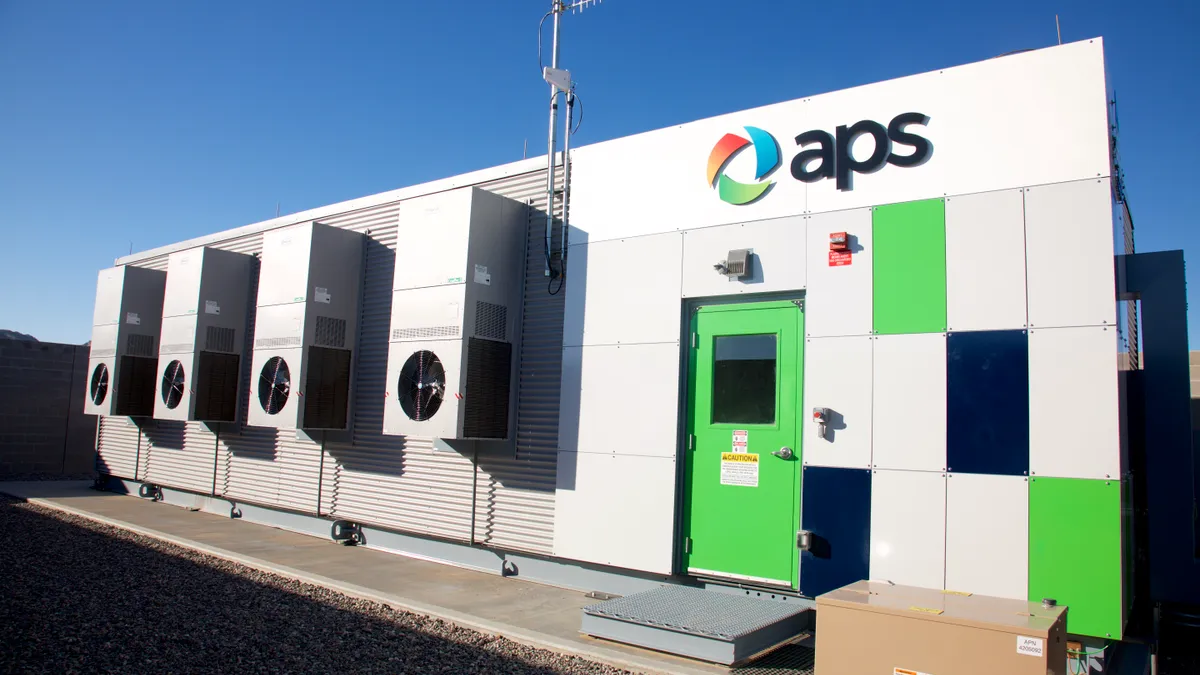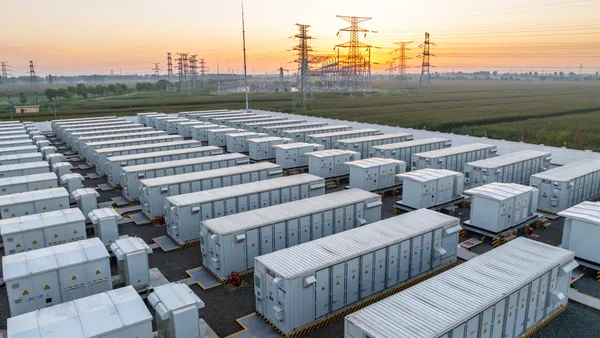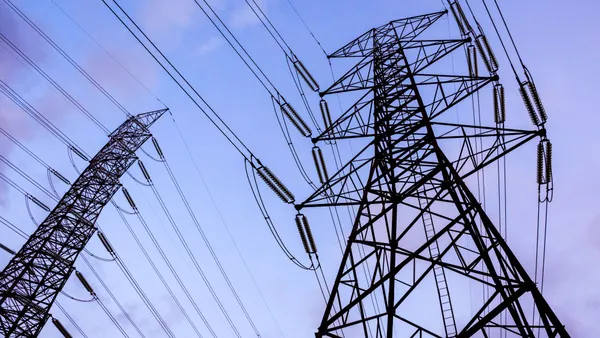Dive Brief:
- The National Fire Protection Association (NFPA) last week released a new standard to highlight potential fire and safety hazards associated with energy storage systems (ESS).
- The NFPA 855 standard provides requirements based on different technologies used in ESS. Some technologies keep high levels of energy in a compact space, increasing fire risks such as the release of toxic or flammable gases, stranded energy and fire intensity, the NFPA said in a statement.
- The cause of a high profile fire at an Arizona Public Service (APS) battery storage facility that injured first responders has still not been determined. The investigation entered its second phase in August, which will include a comprehensive forensic analysis of key system components.
Dive Insight:
The exponential growth of energy storage around the world has also put a spotlight on the technology's safety record. Multiple fires at residential storage installations in South Korea last year as well as the fire earlier this year in Arizona have shown the potential dangers associated with battery storage.
In response to increasing demand for the technology, the NFPA decided in 2016 to start developing NFPA 855.
"While energy storage systems provide countless benefits and applications, the technologies do not come without risk. NFPA 855 aims to mitigate risk and ensure that all installations are done in a way that takes fire and life safety into consideration," Brian O'Connor, a professional engineer and NFPA staff liaison for NFPA 855, said in a statement.
NFPA 855 establishes requirements for ESS installation settings, size and separation of systems, and fire suppression and control systems.
The potential hazardous conditions that can occur in case of an ESS malfunction make it necessary for first responders and those that design, build, maintain and inspect facilities to be educated and proactive about safety, NFPA said.
Meanwhile, the April 19 fire at APS' McMicken site remains under investigation.
"The first phase of the investigation is now completed, and all major equipment including the 378 battery modules from the installation have been removed from the energy storage system building," APS said in its Aug. 7 update on the investigation.
Components of the battery from where the fire is believed to have originated have been sent to a lab in Scottsdale, Arizona, where they will be X-rayed, then sent to a forensic lab in Michigan that specializes in battery systems, according to the utility.
APS is expected to post another update on the investigation's progress within the next week, company spokesperson Lily Quezada told Utility Dive in an email.














